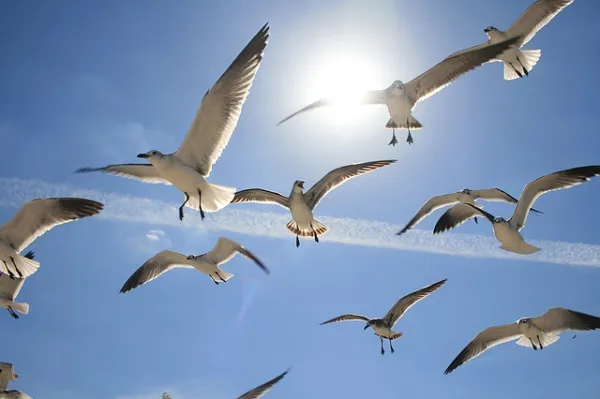
Since ancient times, humans have dreamed of flying—soaring through the skies and viewing the world from above. Thinkers and inventors such as Leonardo da Vinci and the Wright brothers designed machines to imitate flight, proving our fascination with the skies.Yet while humans had to invent airplane...
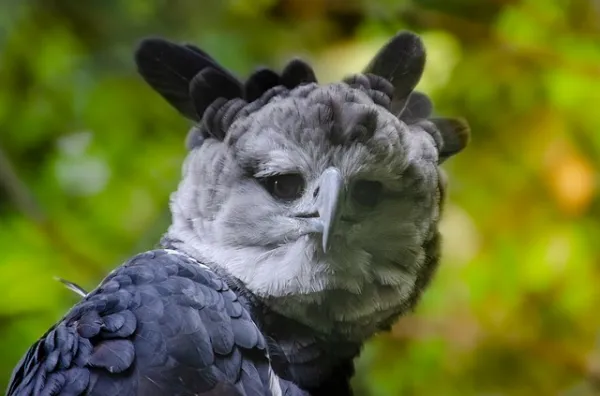
Ecuador is one of the most biodiverse countries in the world, home to ecosystems that range from the high Andes to the Amazon rainforest and the Galápagos Islands. This diversity has allowed countless species to flourish. However, human activity and environmental change have placed many of these an...
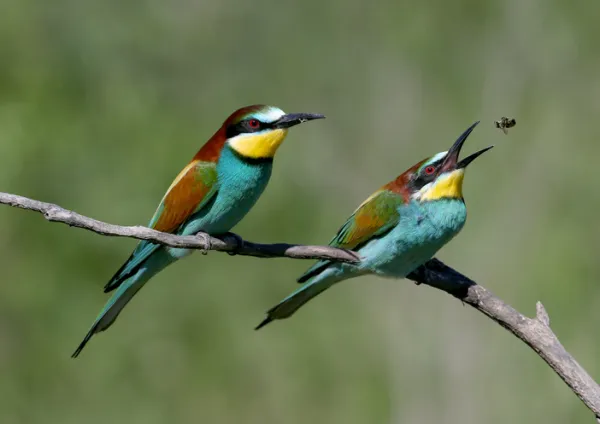
Across the animal kingdom, many mammals, birds, reptiles, amphibians, fishes, arachnids—and even some insects themselves—depend on insects as their main or an important food source. This article explains what insectivores are, highlights their key adaptations, provides a practical example list by...

From the Atacama Desert to the Andes and the Patagonian ice fields—plus a long Pacific coastline fed by the Humboldt Current—Chile’s mosaics of habitats support exceptional native biodiversity. Below are representative Chilean animals (some strictly endemic, others widely distributed in southern...

In many species, oversized eyes are a survival upgrade—supercharging night vision, widening fields of view, or pulling detail from dim, deep-sea light. Here’s a clean, copy-ready roundup of 25+ big-eyed animals, with scientific names and quick, publishable facts.Tarsier (Tarsius bancanus)Range: Lo...
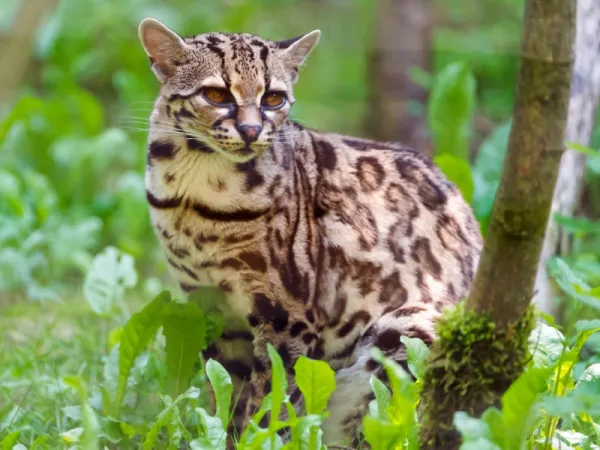
Straddling the Central American isthmus, Panama blends tropical climate, coast-to-coast shorelines, lowland rainforests, cloud forests and mangroves—conditions that foster exceptional biodiversity. Unfortunately, habitat fragmentation, pollution, illegal hunting and wildlife trade are pushing many...
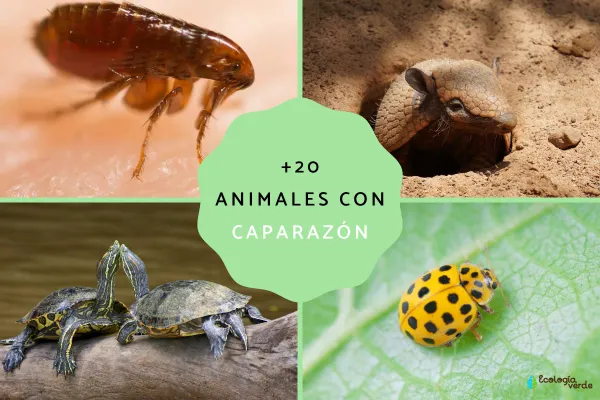
Across the animal kingdom, body plans vary wildly: some lineages rely on internal skeletons made of bone or cartilage, others on external skeletons, and many have evolved hard coverings for defense, support, and movement. One of the most successful of these adaptations is the shell—a tough structur...
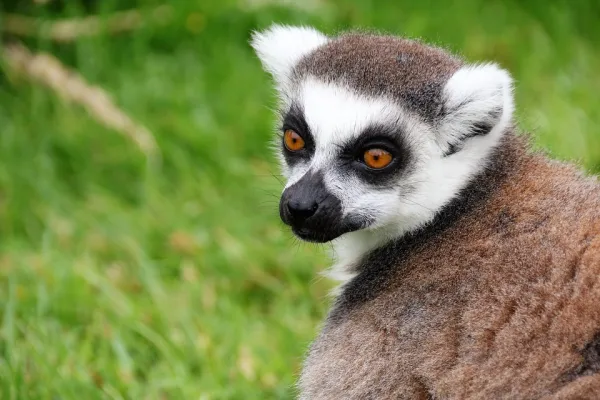
To talk about Madagascar is to talk about endemism. This large island off southeastern Africa split from the mainland more than 100 million years ago, and its plants and animals evolved in isolation—creating about 5% of the planet’s biodiversity, with roughly 70% of species found nowhere else. Tod...
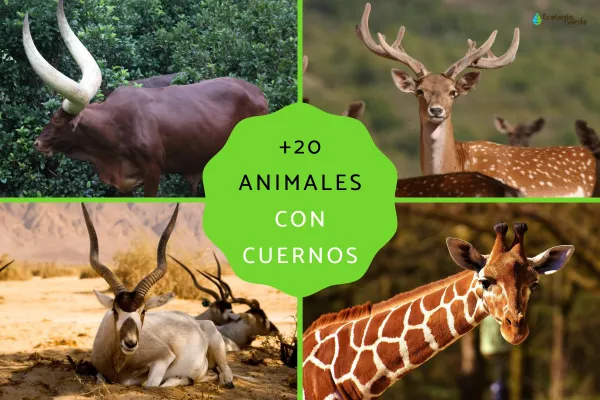
Many animals carry horn- or horn-like structures on the head. Some are weapons for defense or intraspecific combat, others help with display or even heat regulation. Shapes range from slim needles to sweeping scimitars or tight spirals. Below you’ll find what a true horn is (and isn’t), how it dif...
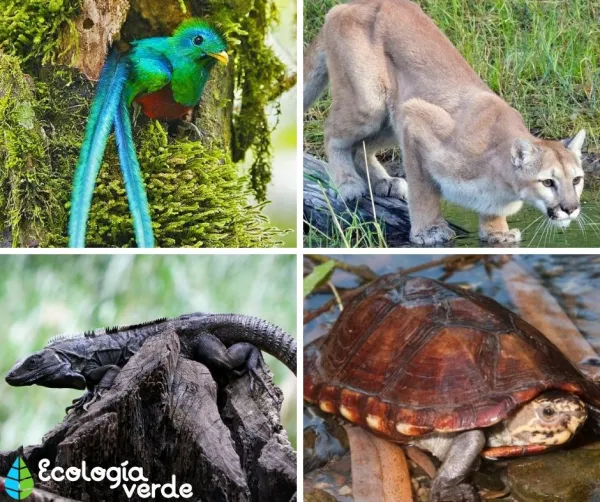
Guatemala packs cloud forests, tropical lowlands, mangroves, and high mountains into a small map—an incredible diversity now pressured by rapid habitat loss and illegal hunting. The IUCN Red List ranks extinction risk from Least Concern (LC) → Near Threatened (NT) → Vulnerable (VU) → Endangered...
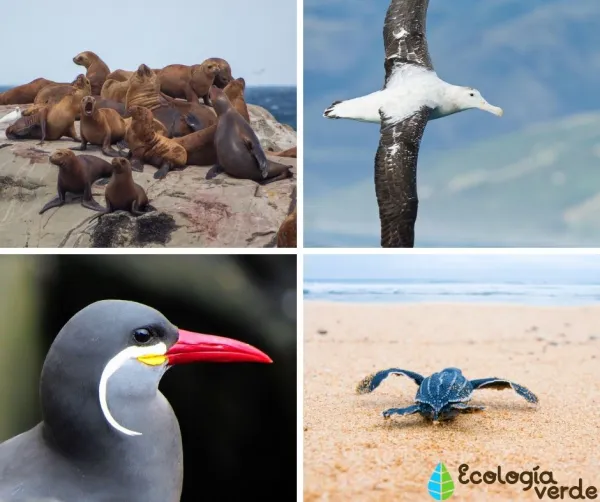
Supercharged by the Humboldt (Peru) Current and powerful upwelling, Peru’s Pacific shoreline is one of South America’s richest marine corridors. Nutrient-dense waters feed vast schools of fish, which in turn attract seabirds, sea turtles, and whales. Below is a handy, copy-ready guide to the most...
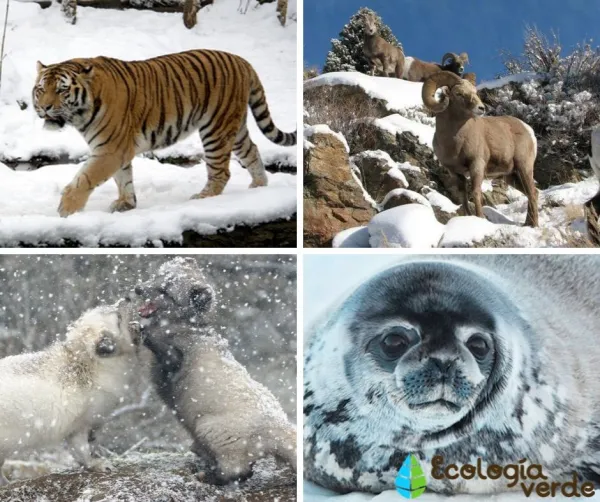
Spanning both Europe and Asia and covering about 17.09 million km², Russia contains an extraordinary range of ecosystems—from Arctic tundra and taiga to high mountains, vast rivers, and the world’s deepest lake. That breadth of habitats supports remarkable wildlife. Below are 15 emblematic Russia...
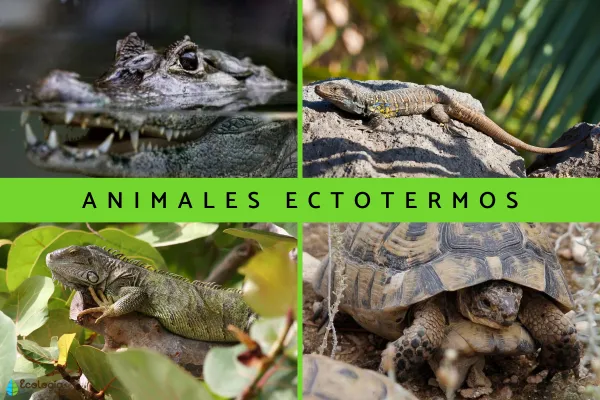
When you see reptiles or amphibians basking motionless on warm rocks, they aren’t “being lazy”—they’re regulating body temperature. These are cold-blooded animals in everyday language; in biology we call them ectotherms: creatures that cannot keep a stable body temperature using metabolism alon...
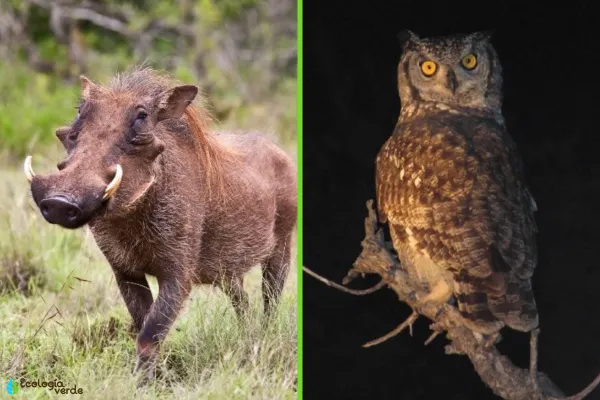
Most animals—including us—run on roughly 24-hour biological rhythms (circadian rhythms) that schedule when we’re alert, when we feed, and when we sleep. Based on when activity peaks over a day, species are commonly grouped as diurnal (active by day) or nocturnal (active by night). Very few are hi...
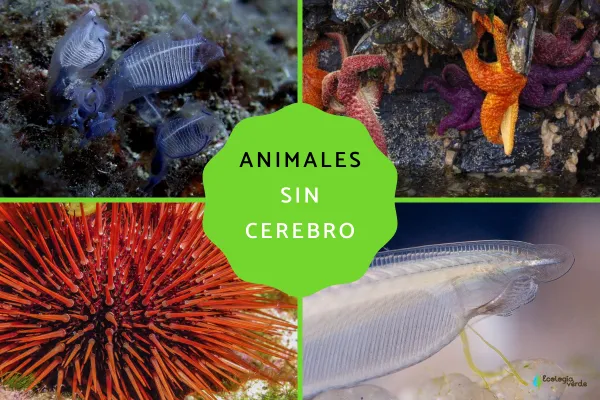
Nature doesn’t insist on a single blueprint. Many animals thrive without a centralized brain, relying instead on simple nerve nets, ring-and-radial nerves, or chains of ganglia to sense, move, feed, and reproduce—especially in the sea. Here’s a clear, reader-friendly guide to 14 classic examples....
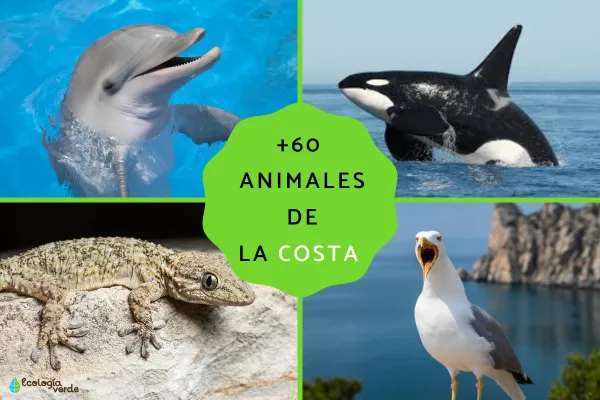
Coasts and nearshore waters are among Earth’s richest life zones. Beyond the familiar dolphins, gulls, and sea turtles, tidepools, beaches, rocky shores, estuaries, and near-coastal seas teem with fishes, birds, reptiles, and invertebrates. This field-guide style overview introduces the flagship gr...
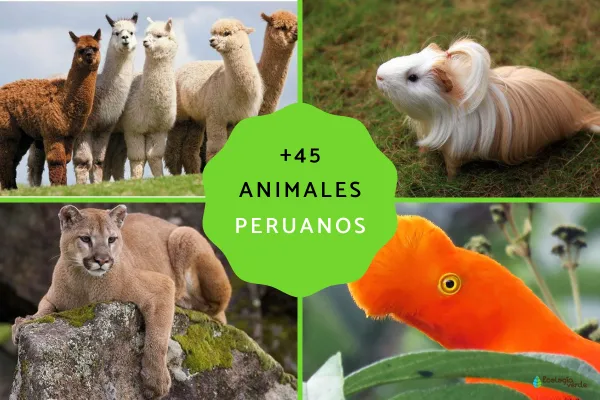
Peru is among the world’s most biodiverse countries. More than 1,730 bird species have been recorded—second only to Colombia. Stretching from the Pacific coastal deserts across the Andes to the Amazon rainforest, Peru’s dramatic gradients in climate and terrain create a mosaic of habitats that su...
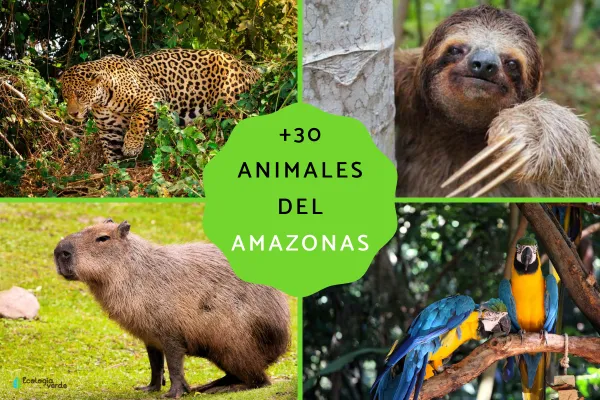
The Amazon Basin—spanning Brazil, Colombia, Peru and extending into Bolivia, Ecuador, Venezuela, Guyana, Suriname, and French Guiana—is one of Earth’s greatest biodiversity hotspots. Anchored by the mighty Amazon River, this region supports an astonishing web of life. Across studies, scientists e...
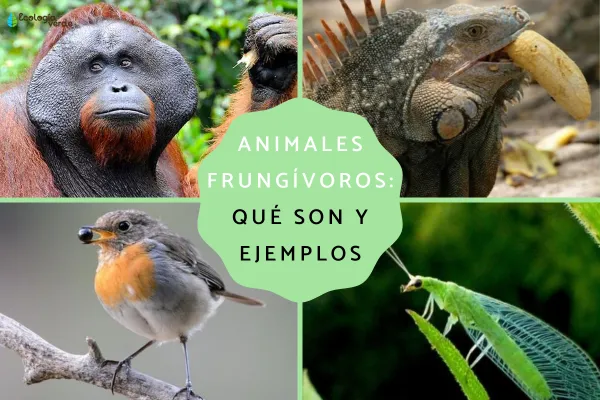
Frugivores are animals that obtain much (or most) of their nutrition from fruit. Some species are almost strict fruit eaters, while many are facultative frugivores that eat fruit seasonally or opportunistically within a broader herbivorous or omnivorous diet. Frugivores form mutualistic interactions...
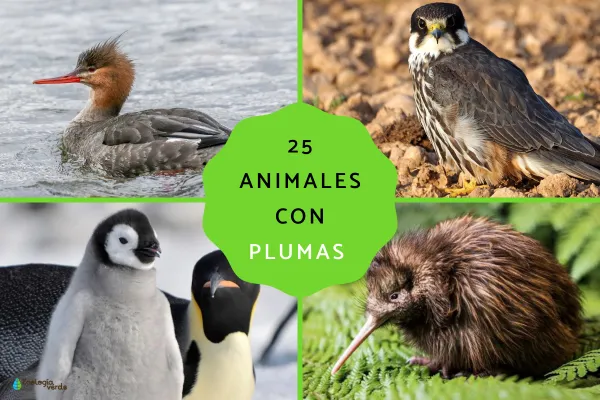
Earth’s biodiversity is astonishing—scientists estimate around 8.7 million species. While some prehistoric reptiles may have had feather-like structures, today only birds truly have feathers. In this guide, you’ll meet 25 feathered animals (all birds), with easy-to-read traits, behaviors, and hab...